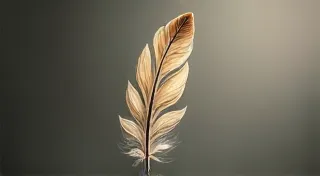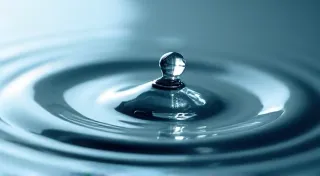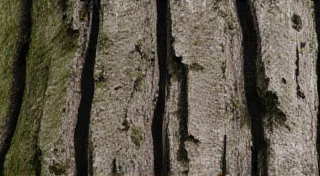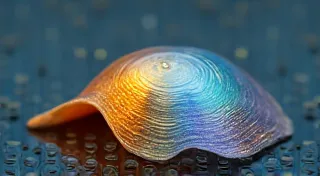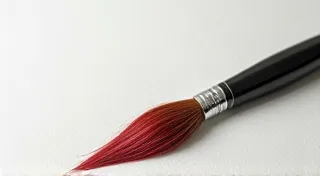Echoes of Antiquity: Reimagining Historic Bottle Designs
There's a quiet poetry to antique bottles. Holding one in your hand – the subtle imperfections in the glass, the ghost of a faded label, the knowledge of its journey through time – it’s like holding a fragment of history. They’re tangible links to a past where craftsmanship reigned supreme, and artistry was embedded in everyday objects. For me, these bottles aren't just vessels; they're canvases waiting to be awakened.
My fascination began with my grandfather. He was a collector of antique tools and, in a dusty corner of his workshop, sat a small collection of early soda bottles – Pontils, Cobbs, and a particularly beautiful Hamilton crock. He never spoke much about them, but I’d often sit mesmerized, tracing the bumps and ridges with my finger, imagining the lives they touched, the stories they silently held. He instilled in me a profound respect for the makers, the artisans who shaped these objects with a skill that feels almost unimaginable today.
The Allure of Historic Forms
These early bottles weren’t mass-produced; each one was born from the hands of a glassblower, painstakingly crafted using techniques passed down through generations. The shapes – the proud curves of a Blob-Top, the elegant taper of a Dr. Pepper bottle, the robust simplicity of a milk bottle – weren’t just aesthetically pleasing; they were functional. They reflected the era’s manufacturing capabilities, distribution methods, and even the prevailing tastes in design. Recreating or reimagining these forms through reverse glass etching feels like a conversation across time, a way to honor the legacy of those early glassblowers. Sometimes, the most compelling projects involve a delicate restoration alongside artistic interpretation – carefully preserving the essence of the original while adding a contemporary touch.
Reverse glass etching, a technique that utilizes vinyl stencils and etching cream to create intricate designs on glass, is surprisingly well-suited for this task. The controlled nature of the process allows for a level of detail that simply wouldn't be possible with traditional glassblowing. And the resulting etched lines possess a certain depth and permanence, a tactile quality that echoes the feel of the original glass – the subtle variations in thickness, the slight imperfections that mark the hand of the maker. The process demands patience and a deep appreciation for the artistry involved – the ability to capture not just a visual representation, but the *feeling* of a bygone era.
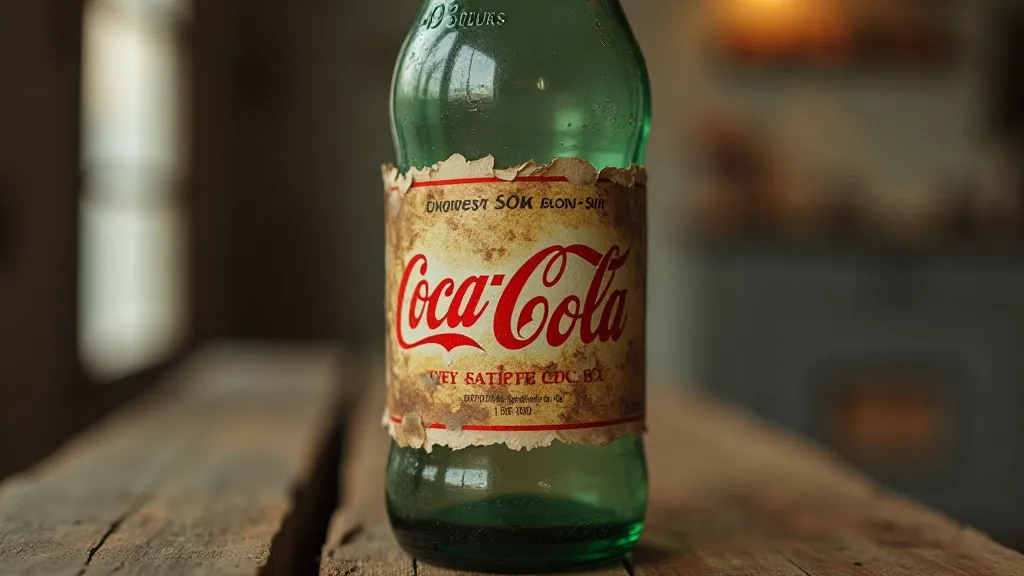
The Technique: A Careful Dance with Time
The process itself is meditative. It requires patience, precision, and a deep respect for the material. First, you select your bottle. Ideally, it should be free of major cracks or chips, though small imperfections can often add character. Cleaning is paramount; any residue will interfere with the etching cream’s ability to properly react with the glass.
Next comes the design. This is where the historical research comes into play. Examining old advertisements, product catalogs, and bottle archives reveals a wealth of inspiration. Some choose to replicate existing labels or logos, a meticulous process requiring careful measurements and steady hands. Others opt to create entirely new designs, drawing inspiration from the bottle’s shape and its historical context. I’m particularly fond of recreating the simple, elegant typography often found on early soda bottles. Many artists explore the concept of creating dreamlike scenes on glass, a technique that shares some fundamental principles with label replication but pushes the creative boundaries further – a look at “Bottled Reverie: Creating Dreamlike Scenes Through Etching” might inspire new approaches.
The vinyl stencil application is arguably the most critical step. Precision is key; any gaps or bubbles will result in unwanted etching. Once the stencil is in place, the etching cream is applied, allowed to react for a specified time, and then thoroughly rinsed. The reveal – when the stencil is carefully peeled away – is always a moment of anticipation. Seeing the design emerge from the glass, a ghostly echo of a forgotten era, is incredibly satisfying.
Beyond Replication: Reimagining the Legacy
While replicating historic designs is rewarding, the true artistry lies in reimagining them. Consider a simple milk bottle. While replicating the original "Milk" label is an option, what if the design incorporated elements from the farm the milk originated from? Perhaps a stylized depiction of the farm's barn, or the initials of the farmer etched elegantly around the bottle's shoulder? This adds a layer of personalization, a connection to the bottle’s local history. The process of transforming ordinary bottles into treasured heirlooms is a fascinating exploration in itself – more details can be found in "The Alchemist's Vessel: Transforming Ordinary Bottles into Treasures".
Another approach is to combine elements from different bottles. Imagine taking the shape of a Corbin bottle and applying the typography from a Dr. Pepper label – a fusion of form and function, a playful nod to the evolution of bottle design. This requires a keen eye for aesthetics and a deep understanding of historical context. Often, replicating vintage labels demands a similar level of detail and precision – further insights can be found at "Echoes in Amber: Recreating Vintage Bottle Labels Through Etching".
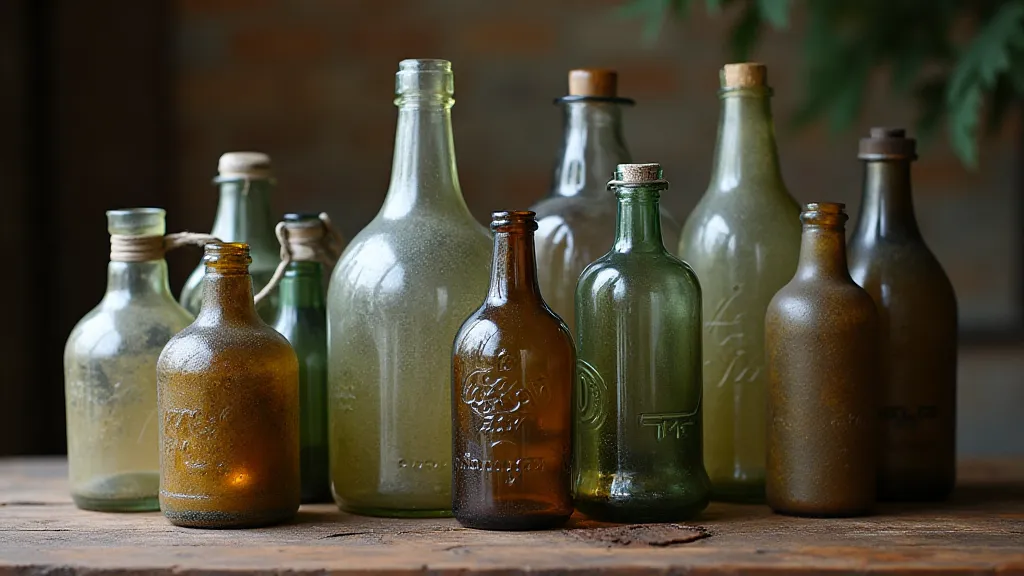
Restoration vs. Artistic Interpretation
It’s important to distinguish between restoration and artistic interpretation. Restoration aims to return an object to its original condition, repairing damage and removing alterations. Artistic interpretation, on the other hand, embraces alteration, using the original object as a canvas for creative expression. Reverse glass etching falls squarely into the latter category. The etching process inevitably alters the surface of the glass, creating a visible record of the artistic intervention.
However, even within artistic interpretation, there’s a responsibility to be mindful of the object's history. Avoiding overly aggressive etching techniques, preserving original labels or markings whenever possible, and respecting the object’s age and character are all crucial considerations. The goal isn’t to erase the past but to build upon it, to add a new layer of meaning and beauty. Sometimes the best pieces embrace a certain level of imperfection—a discussion of this concept is explored in "Fractured Reflections: Embracing Imperfection in Etched Art".
Expanding Artistic Vision: Minimalist Approaches and Beyond
The beauty of reverse glass etching isn't limited to elaborate recreations or detailed label reproductions. The elegance of simplicity – the power of a few carefully placed lines – can be equally captivating. Minimalist approaches, using negative space and subtle variations in line weight, can evoke a sense of quiet contemplation and timeless grace. Exploring these techniques requires a deep understanding of composition and a willingness to challenge conventional notions of beauty. The restrained use of line and form isn’t always about detail replication; it’s about capturing the *essence* of a design – an exploration of this concept can be found in "Ephemeral Lines: The Beauty of Minimalist Etching".
The Longevity of the Craft: Materials and Techniques
Beyond the artistic considerations, the longevity and preservation of these etched pieces also warrant discussion. The selection of etching cream, the quality of the vinyl stencils, and the careful cleaning of the glass all contribute to the durability of the finished piece. Proper sealing and storage are equally important in preventing damage and preserving the artwork for generations to come. Choosing high-quality materials not only ensures the piece looks its best but also contributes to its historical significance.
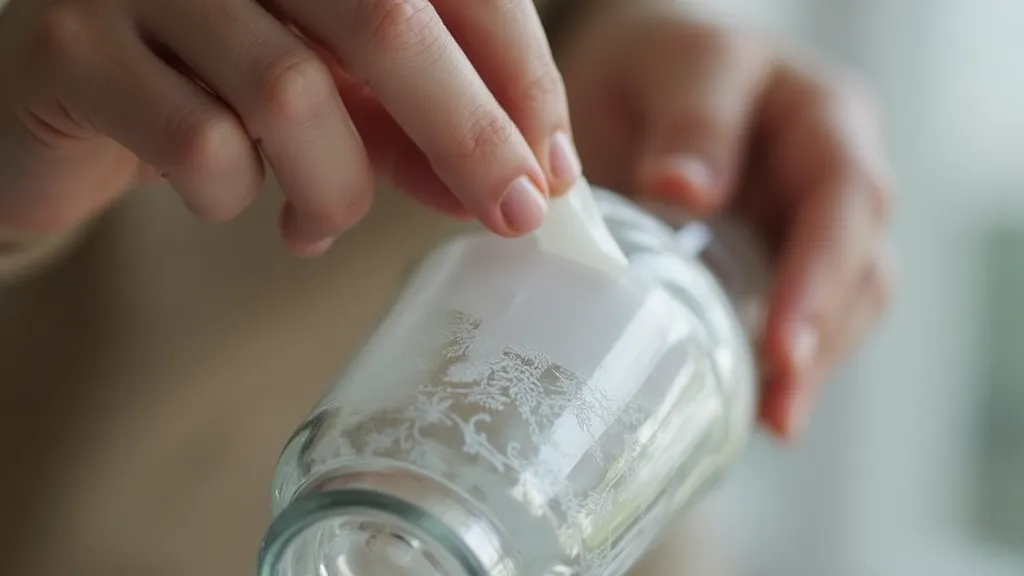
The Echoes Resonate
Reverse glass etching on antique bottles isn't just a craft; it’s a dialogue with the past. It's a way to honor the skill of the glassblowers who came before us, to appreciate the beauty of simple, functional design, and to breathe new life into forgotten treasures. Holding an etched bottle, feeling the cool glass against your skin, tracing the etched lines with your finger – it's like holding a story, a fragment of history brought vividly to life. And in that moment, the echoes of antiquity resonate, reminding us of the enduring power of craftsmanship and the timeless beauty of the past.
